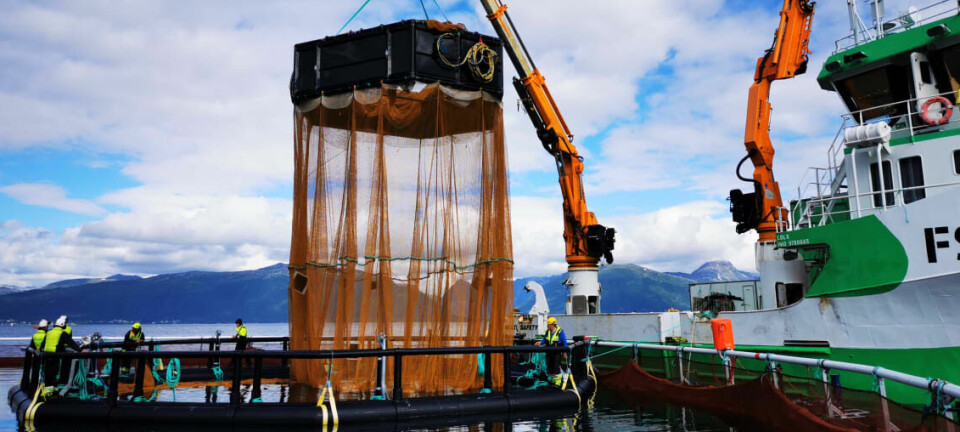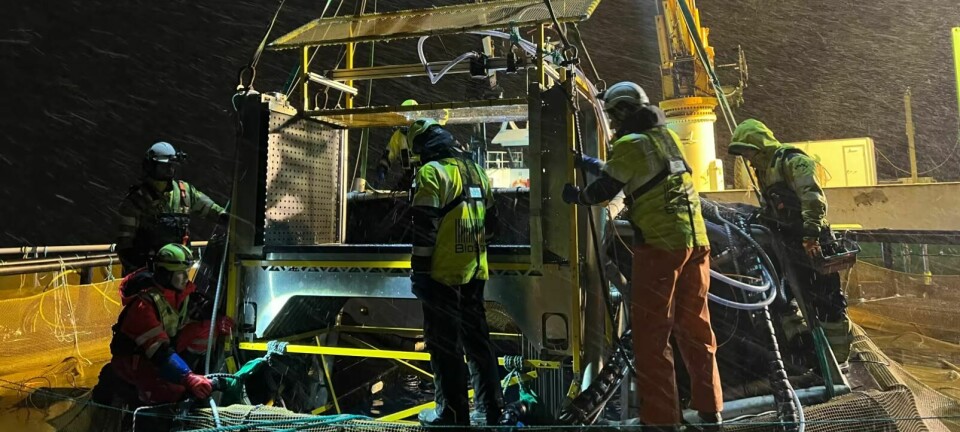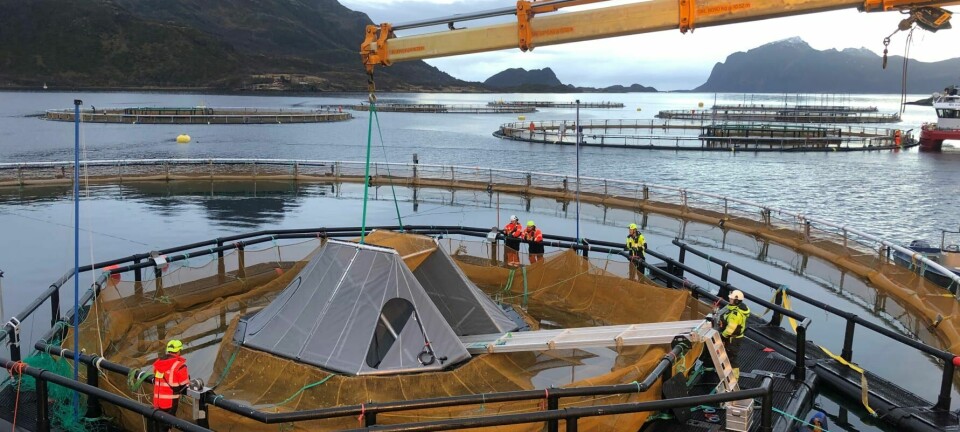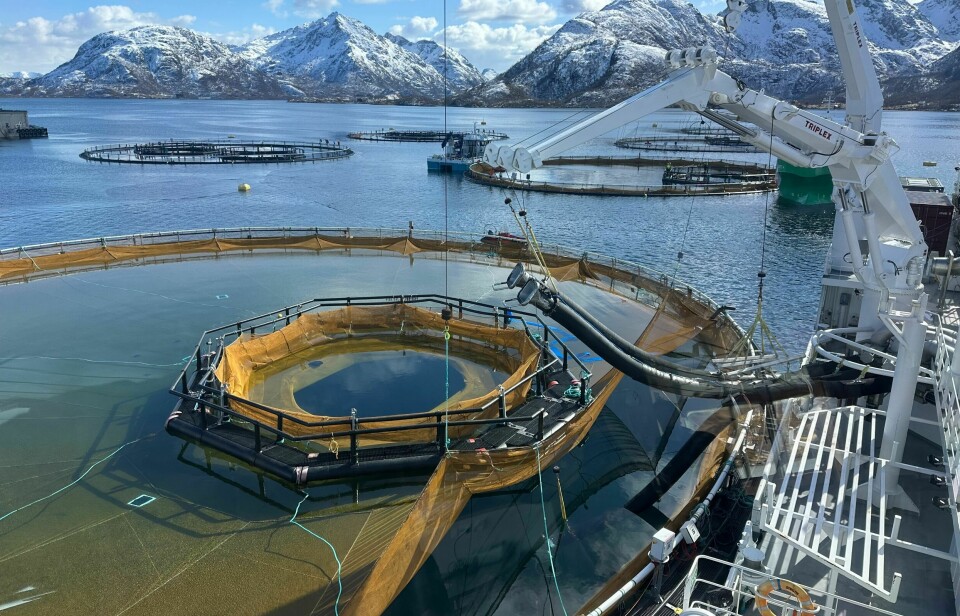
Cermaq deploys fourth version of iFarm
Salmon farmer will focus on operational improvements and feed with latest trial of AI-led innovation
Global salmon farmer Cermaq has deployed a fourth version of its iFarm, which aims to improve the health and welfare of fish with the help of artificial intelligence (AI) and machne learning.
The iFarm is a collaboration between Cermaq in Norway and Bergen-based BioSort, and is being developed to automatically assess every individual fish in a pen and remove injured or sick salmon. Fish are kept below the surface using a net roof. To reach the surface to fill its swim bladder, a fish must swim through a portal, or chamber, where a sensor will quickly scan, recognise, and record data on that specific fish using recognition data based on each fish’s unique markings and structure.
Fish were released in the first iteration of the iFarm at a site in Norway three years ago, with a focus on how the fish would thrive in the construction and what the interaction between various iFarm components and the fish’s behaviour would be.
Step by step improvement
The reason for the long development process is that experiences and learning from one phase should contribute to the next, so that the project should be able to test out an improved version of iFarm in each phase.
Version 4 has now been installed in a pen at Cermaq’s Langøyhovden site in Vesterålen where version 2 was also trialled.
“It is exciting to be involved in innovation and technology development. We know that this fourth version has a number of changes compared to the second version that we also ran, so it will be interesting to see how it will be operated this time,” said Cermaq’s Vesterålen operations manager Sten Viggo Hansen in a press release.
On the second version of iFarm, a lot of work was done with alternative versions of the sensor housing that the fish swim through and how the farming operation must be adapted. Examples of this were achieving efficient and good feeding of the fish under the net roof and efficient handling operations.
On version 3, which is still in operation, attention has mostly been on the sensors that register the fish, on data collection and machine learning, and on further development of the sorting mechanism that transports fish to the surface for follow-up.
Feed factor
In the fourth version of iFarm, the project will focus mostly on operational improvements and feed factor, improvements in machine learning and how the equipment performs. At the same time, Cermaq and BioSort will test third-generation sorters.
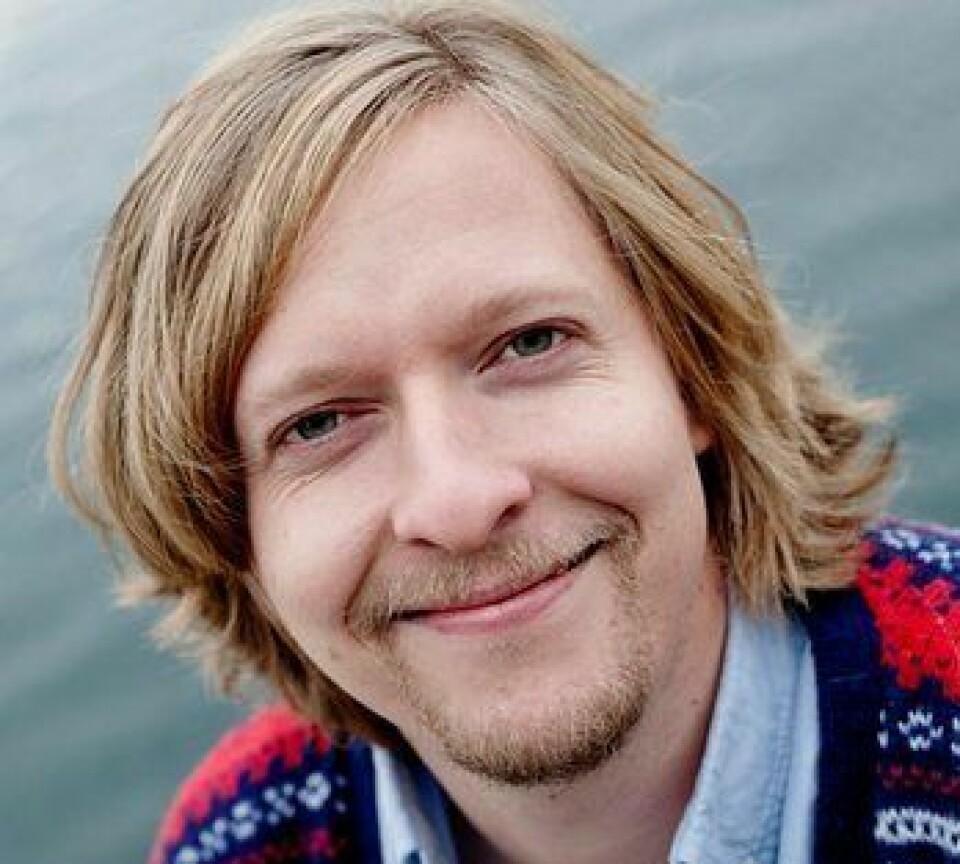
“This fourth trial is actually one more than was in the original project plan, where three trials and three versions of iFarm were taken into account,” said Cermaq's project manager for iFarm, Karl Fredrik Ottem.
“In relation to the goals set for the project, we are on track. However, we have had some operational challenges along the way in terms of growth and feed factor. At the same time, farming operations such as lice removal have been extensive precisely because of the iFarm equipment in the cages.
“It is important for the iFarm concept to succeed in achieving good growth and feed factor. That’s why we wanted to take the project further with a fourth trial in order to gain more knowledge and see if we can get further in these areas.”
Cermaq, owned by Japanese industrial giant Mitsubishi, is the world’s third largest salmon farmer by volume. It harvested a total of 171,000 gutted weight tonnes of salmon last year in Norway 78,000 gwt), Chile (77,000 gwt), and western Canada (16,000 gwt).
